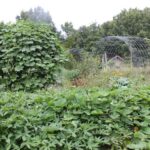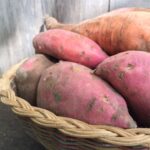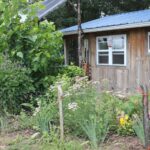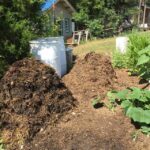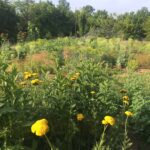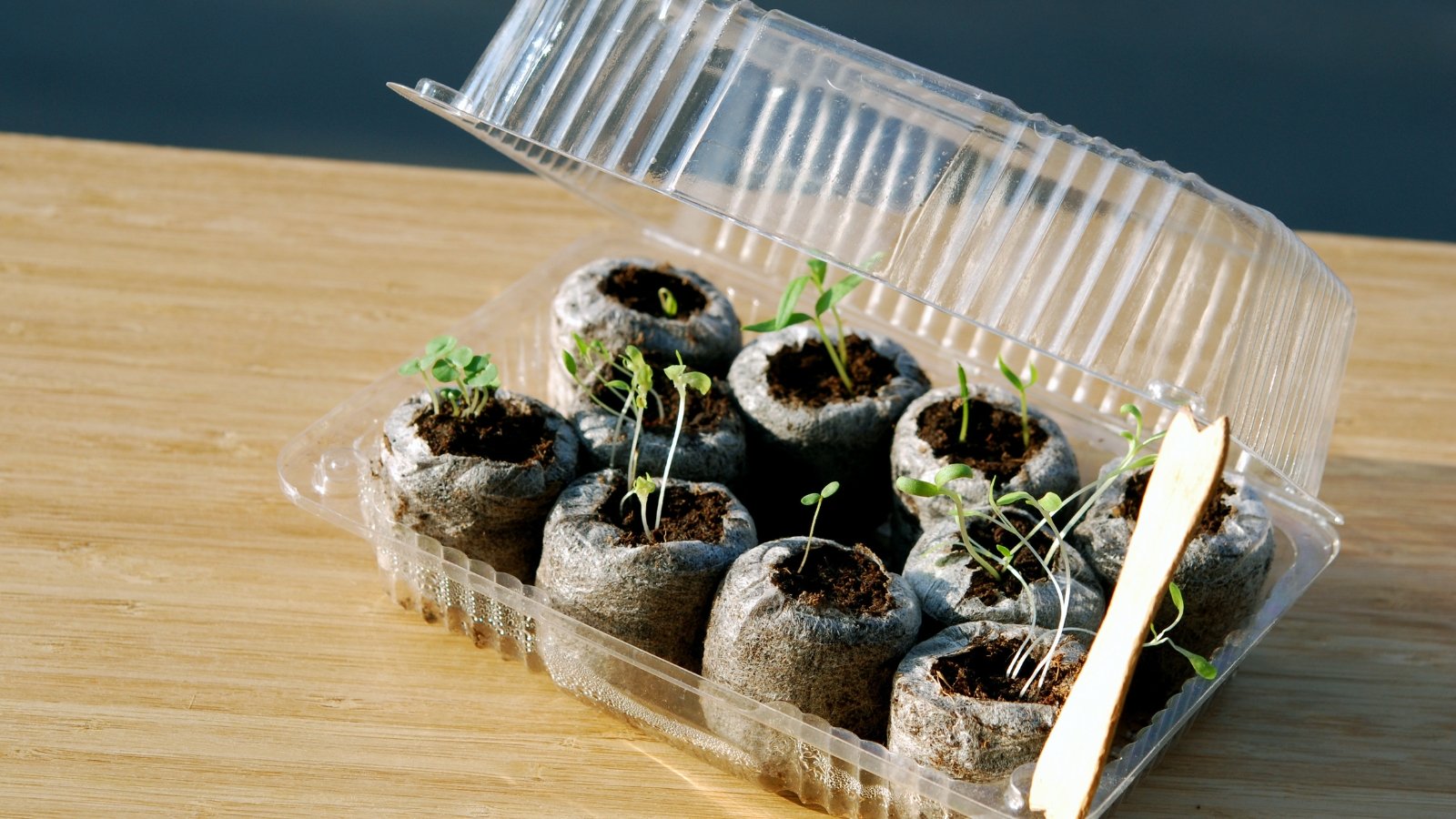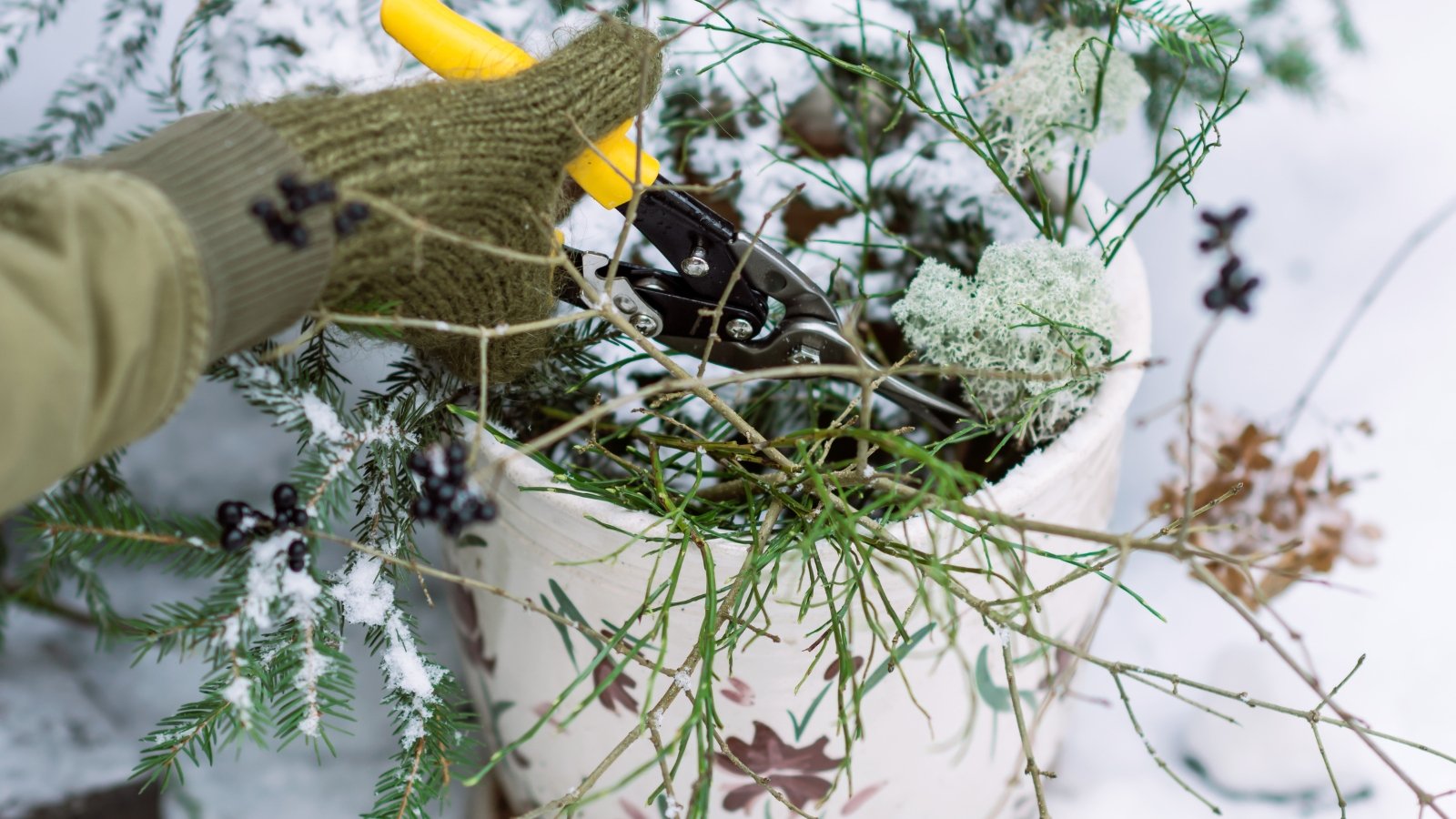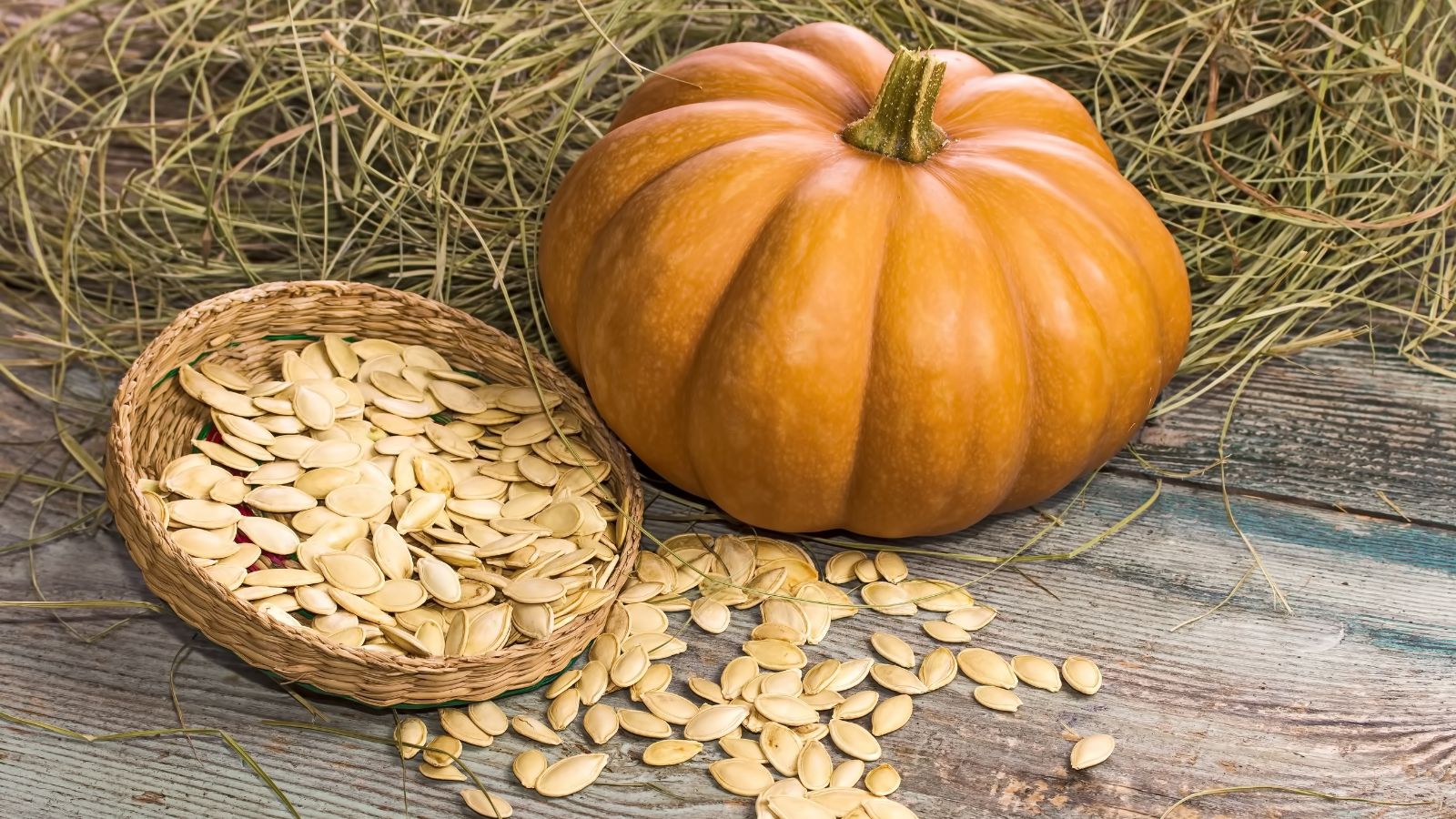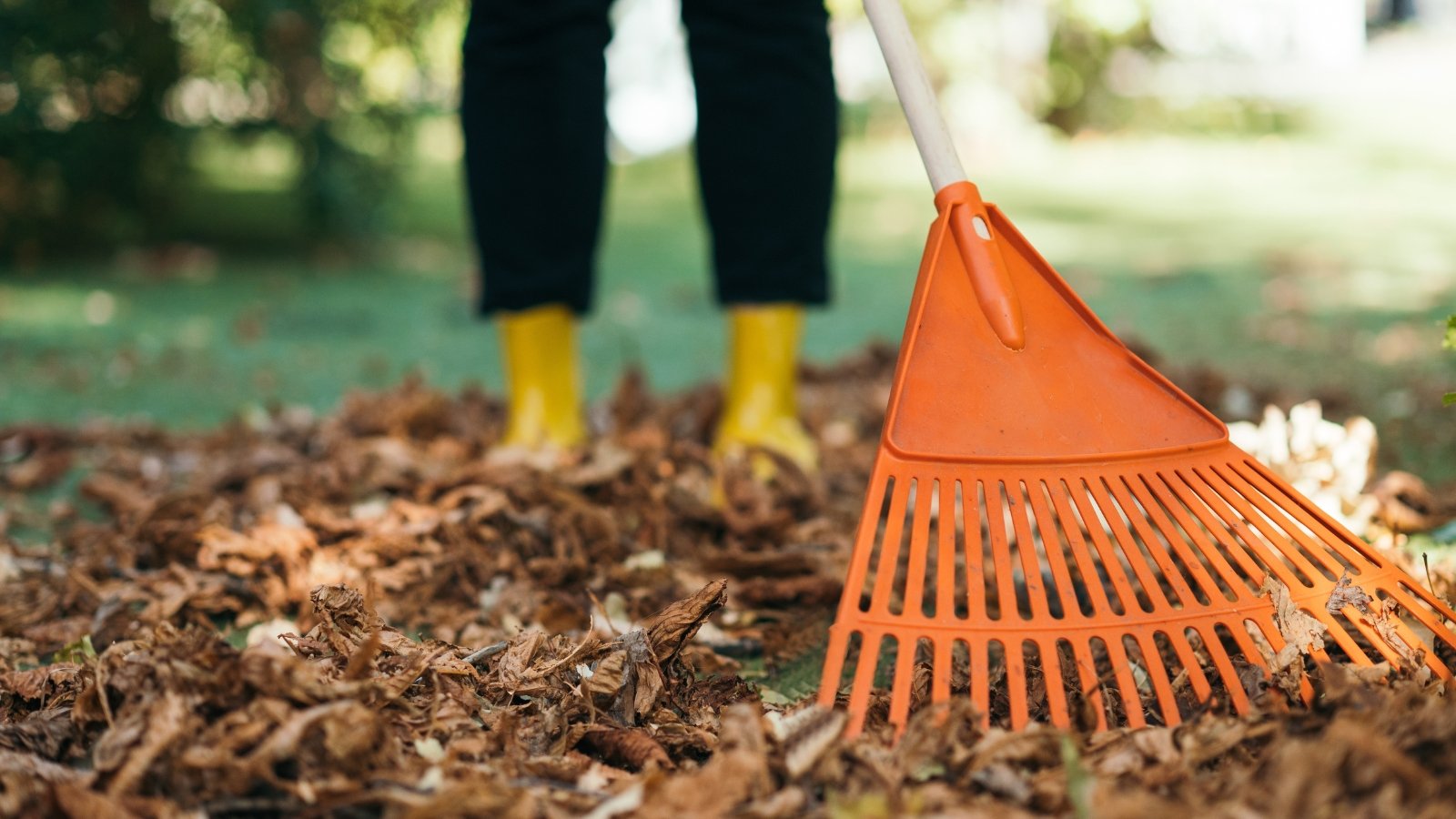[ad_1]
Winter sowing is a resourceful and simple technique to get a head start on spring planting. Seeds keep over the winter in selfmade mini-greenhouses until circumstances are wonderful for his or her germination. In an insulated environment with a great deal of publicity to pure elements, seedlings develop sturdy roots poised for vigorous progress, early flowering and fruiting, and no hardening-off interval.
January and February are prime months to winter sow many alternate options, notably these which is perhaps hardy or need chilly stratification to germinate. Chilly stratification is a interval of numerous weeks at temperatures spherical 40°F (4°C), counting on the species. These are typically native perennials that naturally self-sow inside the panorama, nevertheless it’s possible you’ll winter sow completely something! Flowering ornamentals and edibles get a jumpstart inside the course of.
In winter, seeding contains direct sowing, even in snow, for crops that revenue from publicity to sit back local weather. Proper right here, we’ll overview winter sowing as a technique that is dependent upon simple household provides to create an insulated environment for seeds, the place seedlings sprout as temperatures warmth.
What’s Winter Sowing?
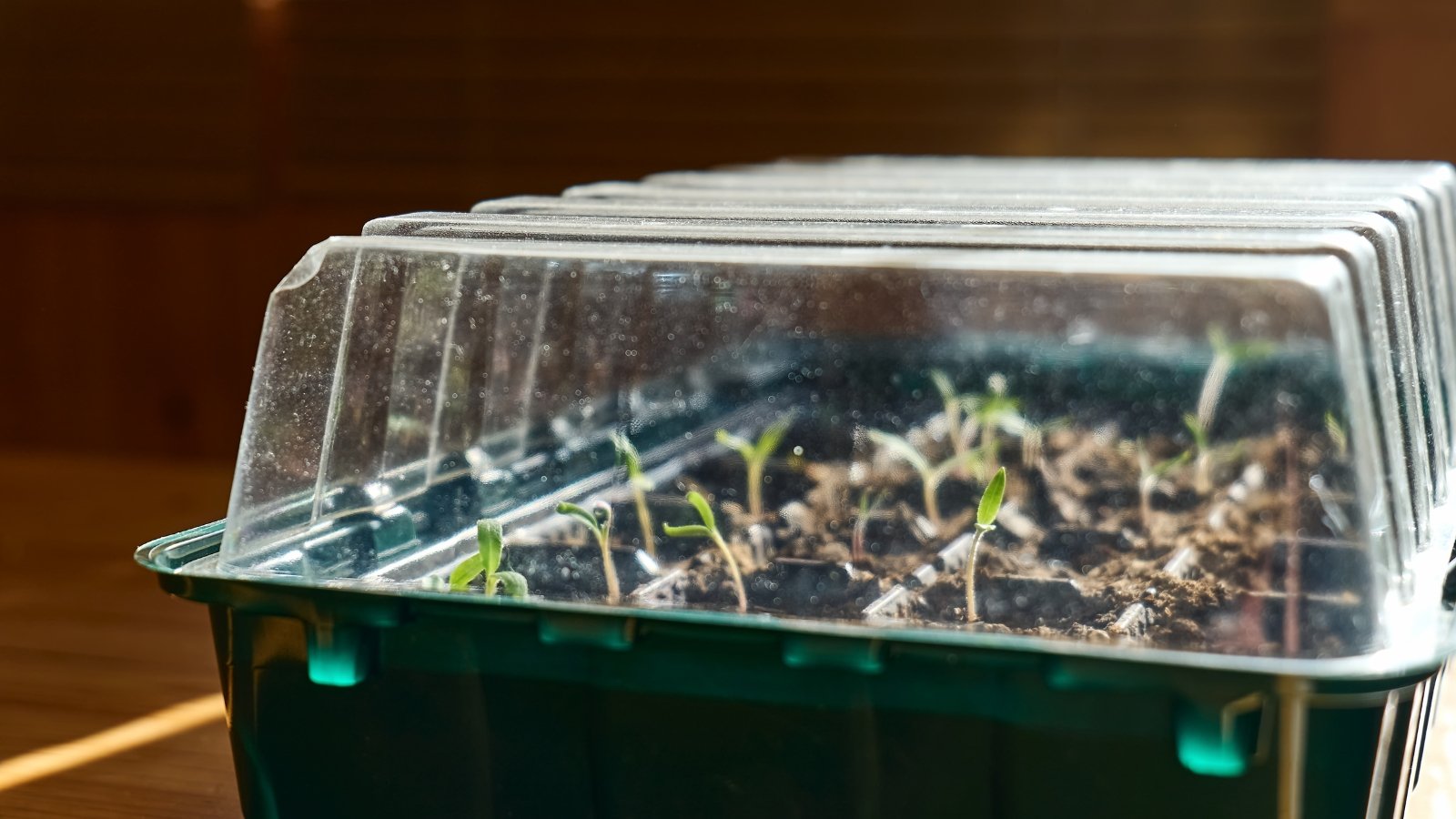

Winter sowing exposes seeds to pure circumstances whereas warming the speedy surroundings with an insulative container. When positioned out of doors, they receive all they need to germinate (mild, water, soil vitamin, temperature variation).
A mini-greenhouse state of affairs promotes germination with publicity to chilly temperatures and yard circumstances, with security. Seedlings emerge when temperatures warmth and meet their germination requirements. With publicity, seedlings develop sturdy roots for simple transplanting with no hardening-off interval wanted.
The streamlined seed-starting technique makes use of elementary household supplies, making it resourceful, budget-friendly, and accessible to get rising early. It saves indoor rising home and time spent managing seedlings in a managed environment. Mid to late winter is the time to winter sow, supreme for cold climates.
The Methodology
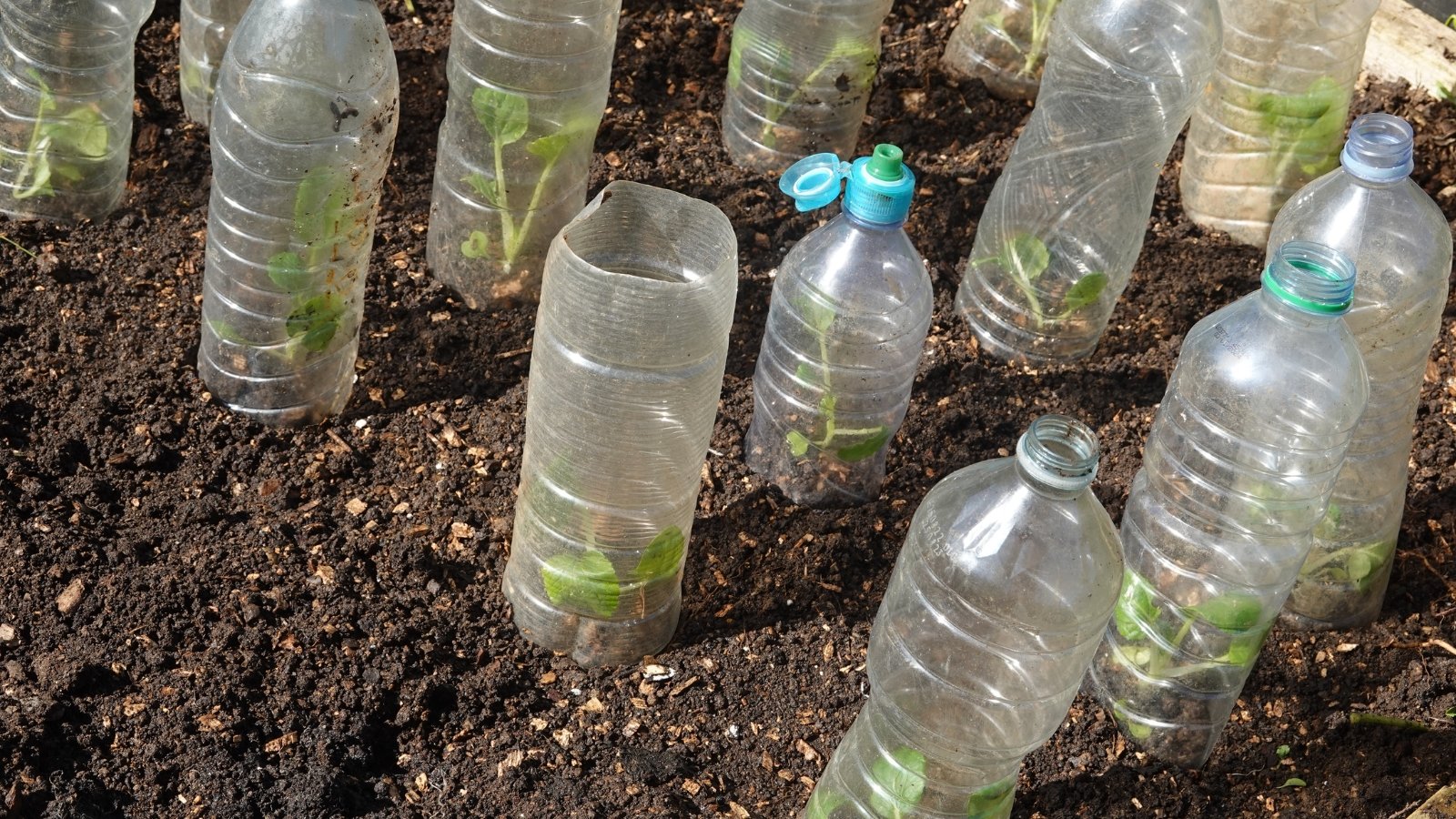

To winter sow, the “greenhouses” are repurposed plastic containers. Clear containers like milk jugs, plastic bottles, bins, or baggies flip into rising vessels with a few easy modifications (further beneath).
The little greenhouses sit open air in a sunny spot, uncovered to the climate, along with snow and rain. The seeds revenue, and seedlings toughen up inside the pure circumstances as they sprout later inside the season. Repairs consists of opening the lid for air movement on warmth days and sustaining soil moisture as needed.
Advantages
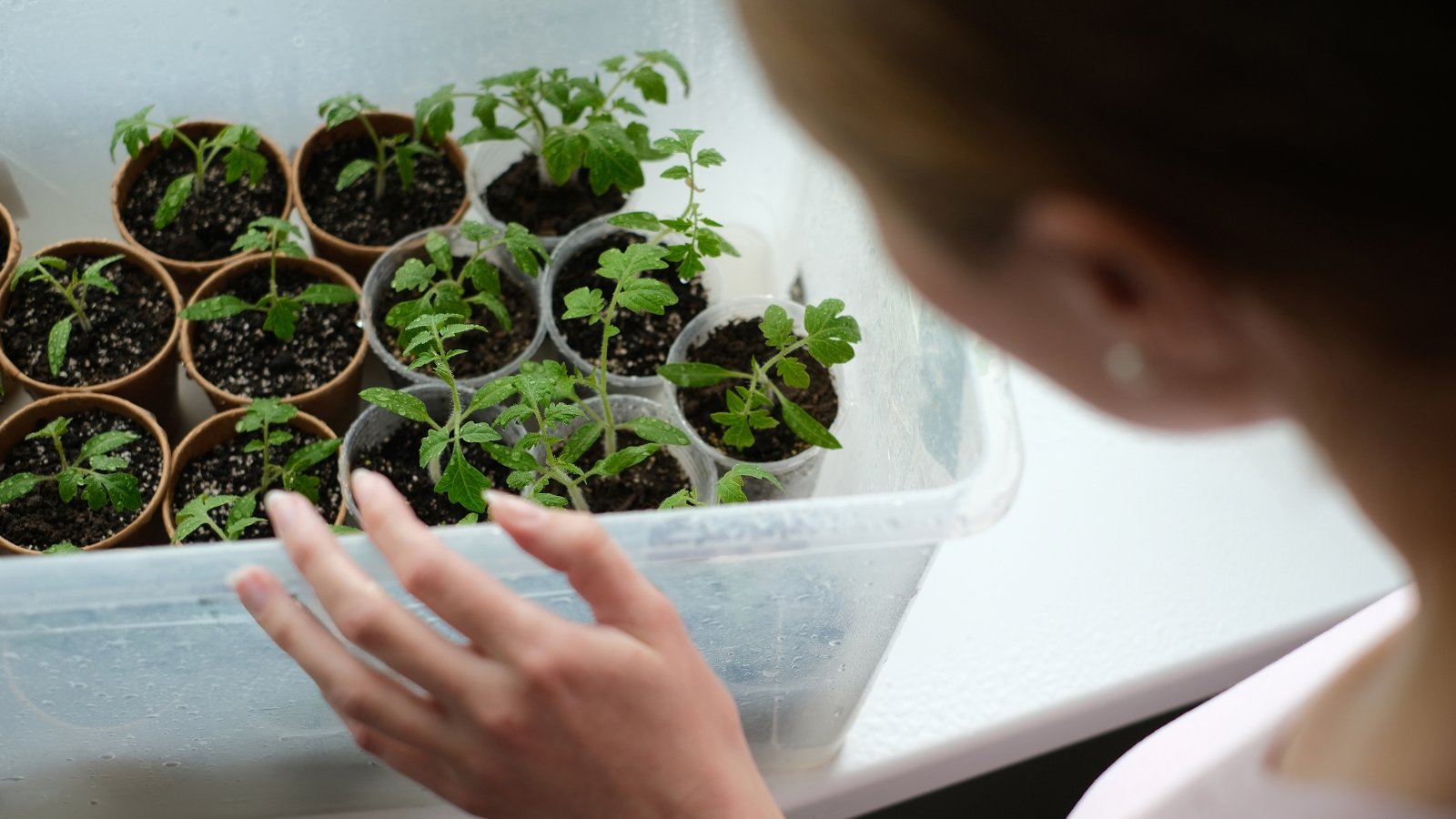

The resourceful, nearly simple strategy of promoting sturdy seedlings works with pure circumstances and is dependent upon simple household provides. Seed starting is accessible with out numerous supplies or oversight.
Advantages of winter sowing:
- Funds-friendly and resourceful
- Home-saving; frees up the need for indoor rising home
- Permits for early seed-starting
- Works with nature
- Presents chilly stratification
- Good germination fees and works for a lot of seeds
- No hardening off interval
- Low maintenance
- Yields hardy seedlings for simple transplanting
When to Winter Sow
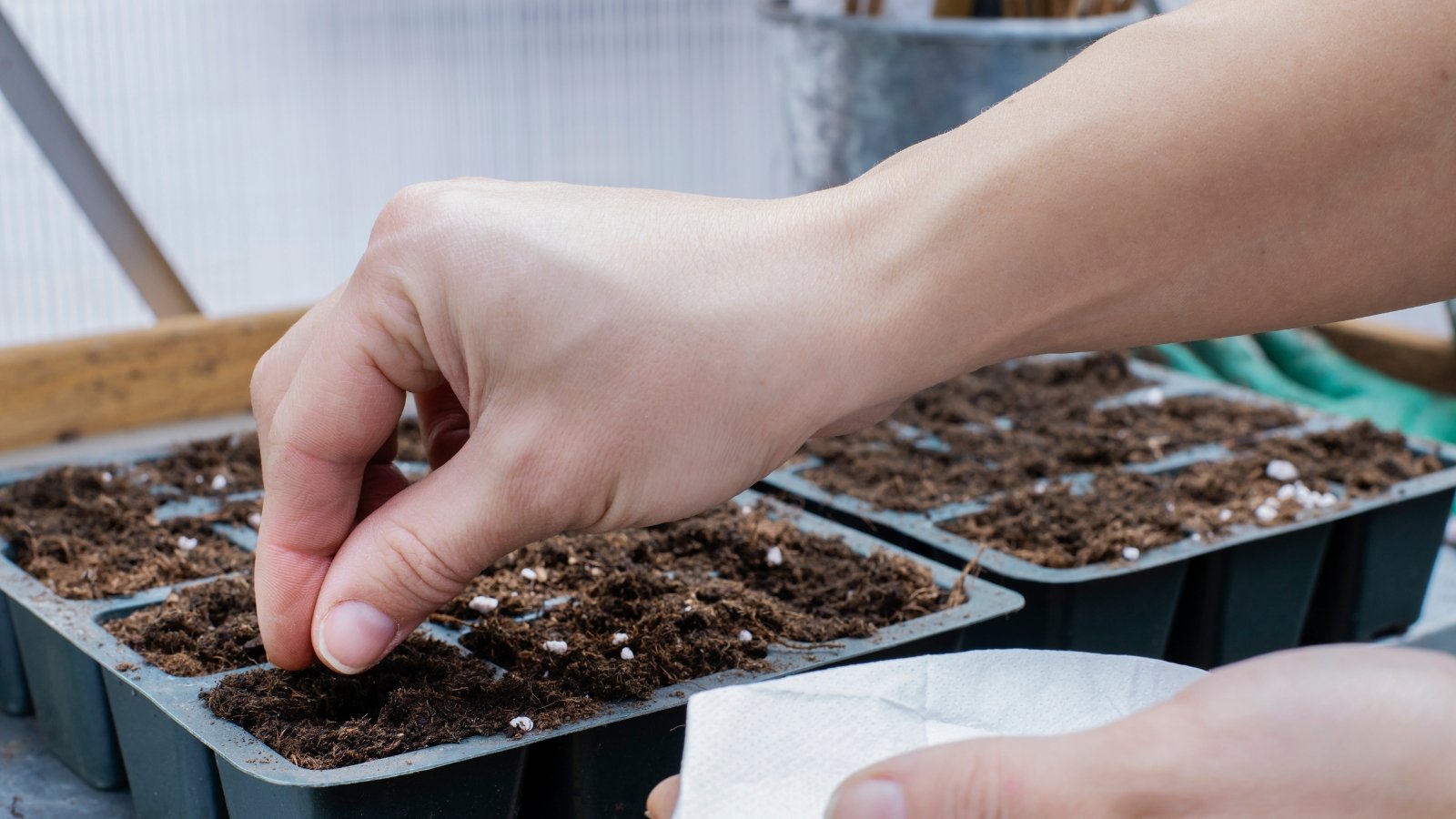

As early as December and January, it’s possible you’ll winter sow. Native climate and temperature impact germination, and starting in freezing circumstances ensures seedlings gained’t sprout too early and menace freezing as soon as extra later. Chilly local weather ensures the stratification interval for individuals who need it whereas staving off germination until circumstances are persistently temperate. Even seeds that don’t require chilly stratifying revenue from publicity in “chilly storage” until sprouting.
Intention to sow seeds about eight weeks sooner than you may typically transplant them to the yard mattress or outdoors container. January is the time to winter sow seeds that revenue from chilly stratification (and into February and March in chilly climates). In warmth zones, the seeds germinate sooner.
In case your area experiences drastic fluctuations between warmth and chilly days, wait a month or so to sow tender annuals like tomatoes, peppers, and zinnias. These are frost-sensitive and develop later inside the season beneath warmth air and soil temperatures.
Seeds to Winter Sow
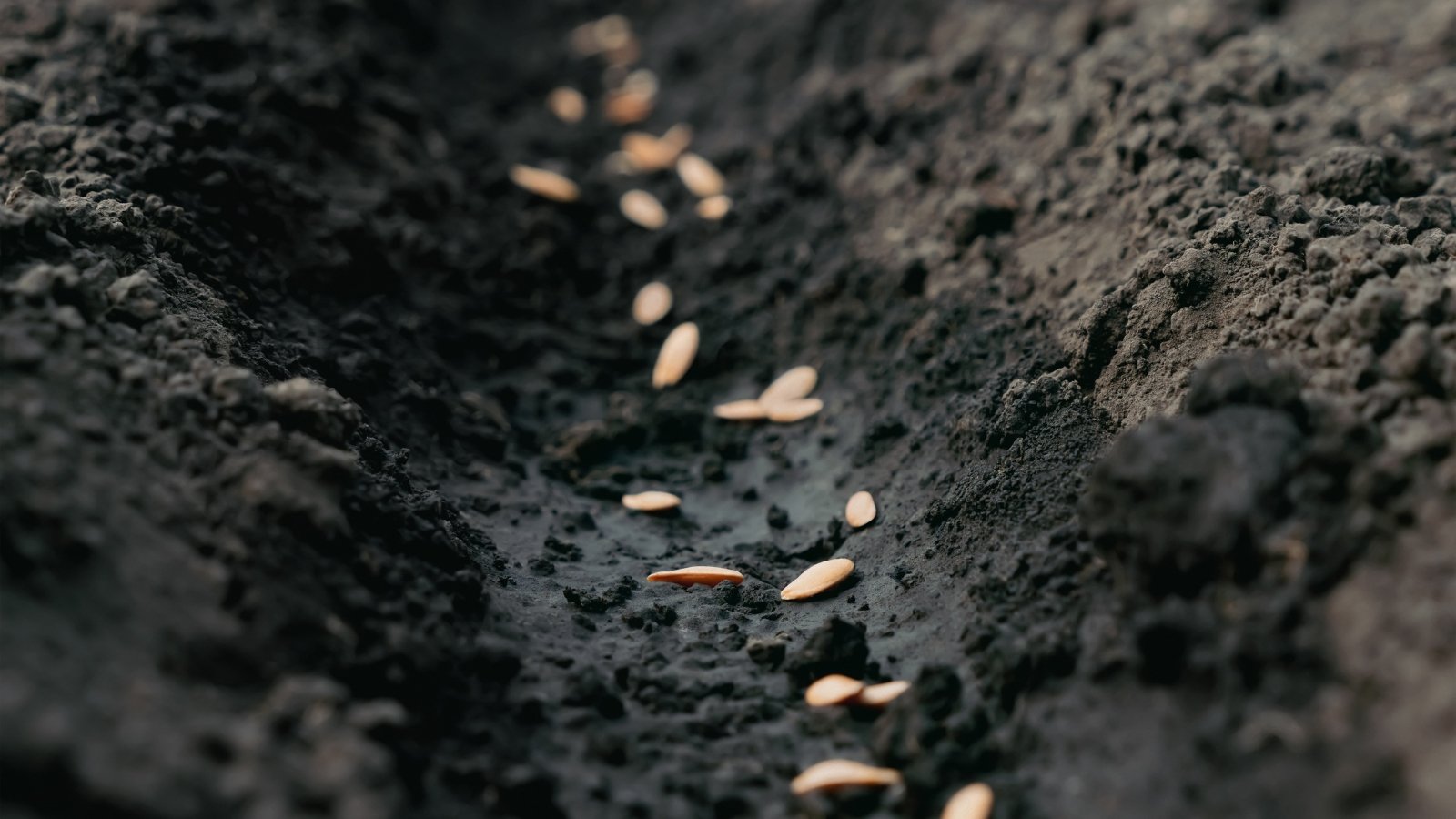

Winter sowing is versatile for amateur residence yard seeding, along with herbs, greens, flowering annuals, and perennials. Hardy perennials are reliable, as are frost-tolerant annuals and greens that thrive inside the cool season. Petunias, snapdragons, calendula, hollyhock, spinach, broccoli, cabbage, and kale (Brassica species) get pleasure from cool spring circumstances. They cope with frost and switch merely from the container to the mattress or pot. Perennials, annuals, and herbs that self-sow or reseed are good contenders.
Trialing fully completely different varieties is part of the satisfying. These with delicate roots at transplanting (root greens, cucumbers, larkspur, lupines, poppies) are best direct-sown to steer clear of disturbance. It’s doable to winter sow some with root sensitivities, though, much like starting them indoors and with care all through transplanting.
Germination Events
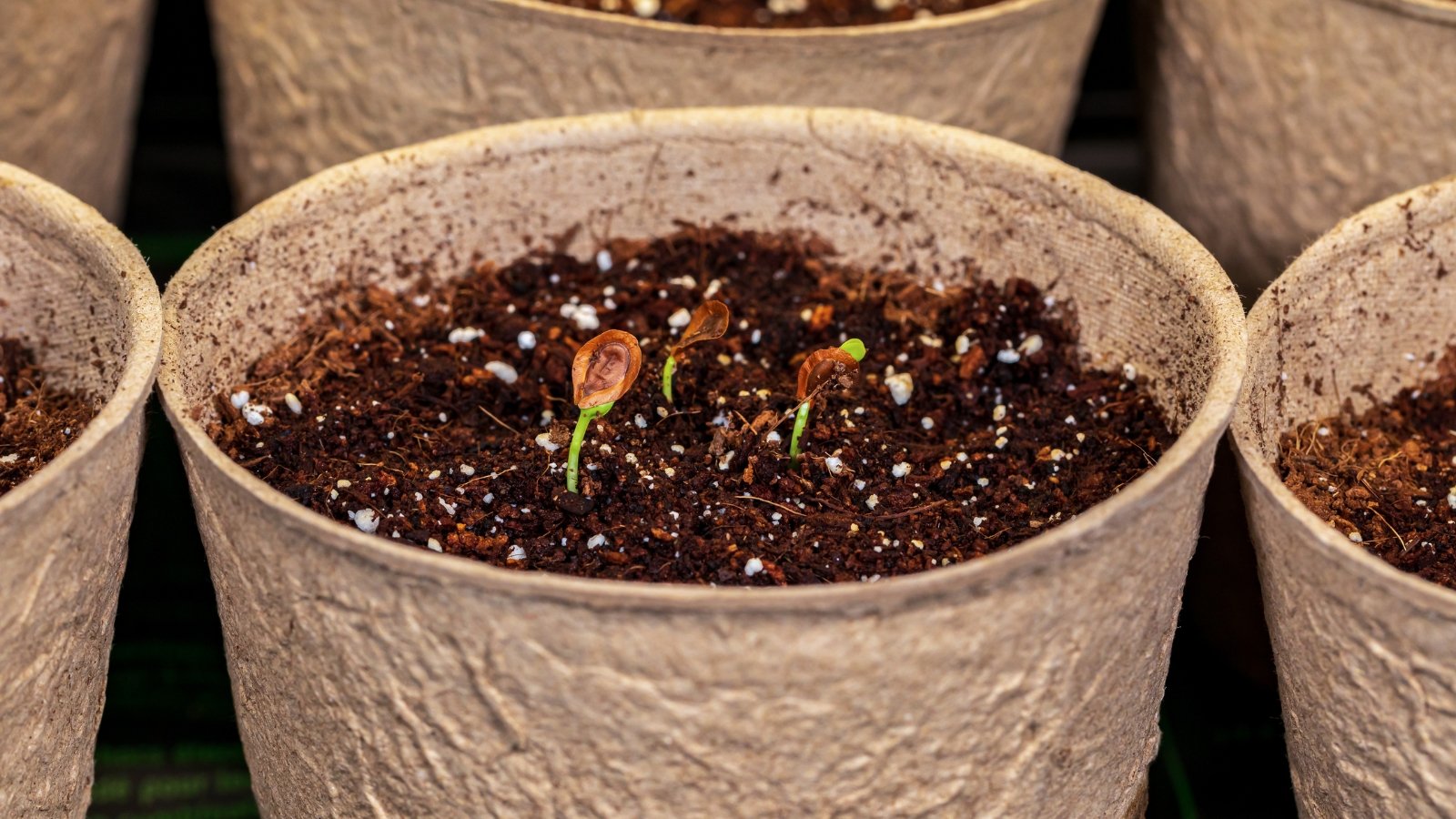

As a result of the local weather is a take into consideration suitability for germination, so is the frequent germination measurement for a given species. Experiment by starting all your warm-season alternate options on the an identical time, or keep off until February or March for heat-loving crops (zinnias, tomatoes, peppers, eggplants, squash, flooring cherries) that develop later inside the season. Some perennials, like milkweed and columbine, have prolonged germination events and will emerge later than others, relying in your native climate.
Individuals who don’t sprout in time with the others must be viable, if barely delayed. Depart them in place for two or three further weeks, staying looking for seedlings, moisture administration, and air movement. Make a remark of what was worthwhile and what confirmed lesser germination fees for rounds in future seasons.
Necessary Gives
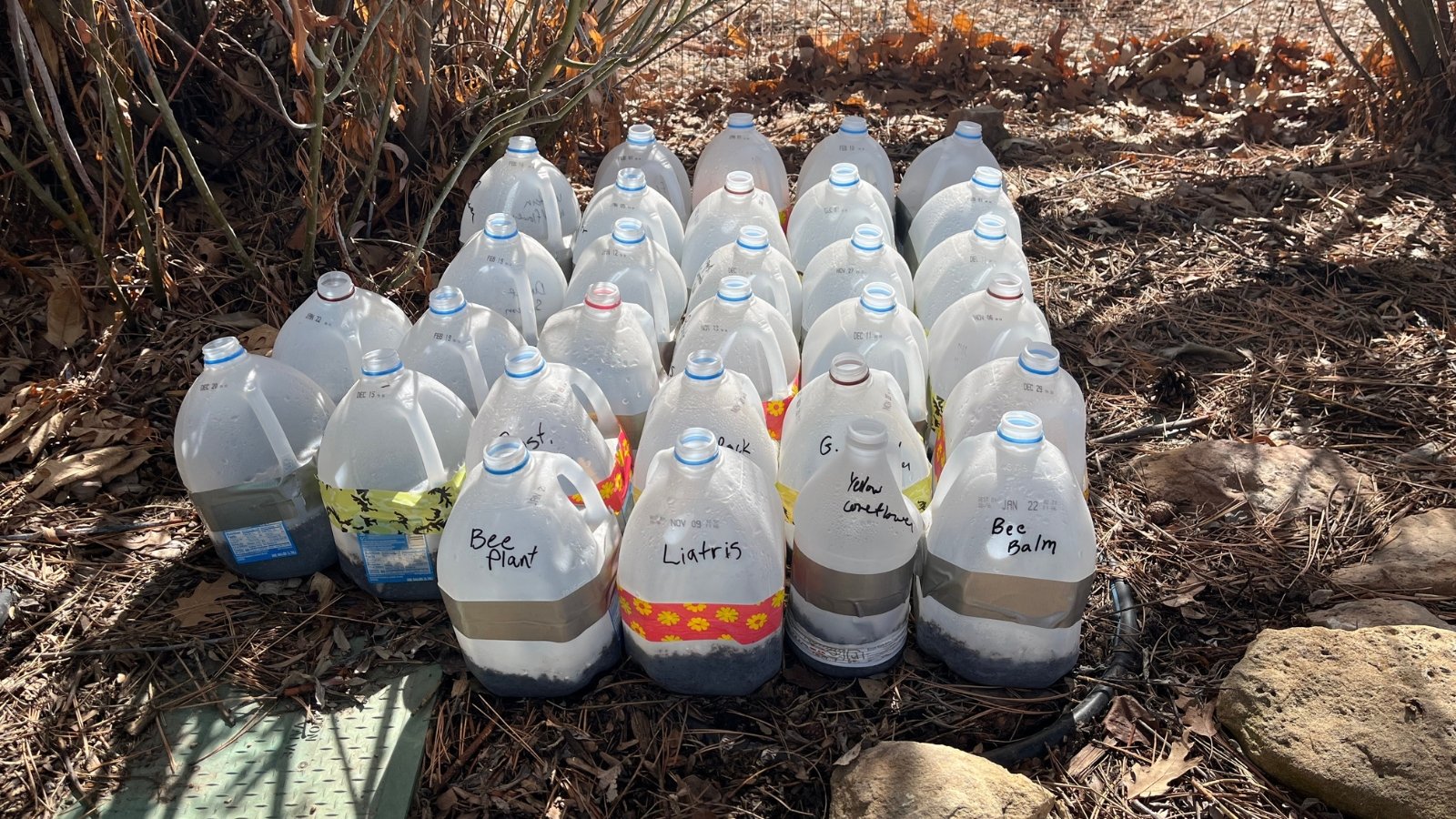

Winter sowing doesn’t require specialised seed-starting supplies or gear, making it terribly accessible for novices. The basics are a clear container, soil, seeds, and water. You’ll repurpose nearly any clear plastic container to show right into a rising vessel. Get creative on a setup that works for you. The keys are to allow room for about 4 inches of soil and seedling progress inside the container, ample drainage, and stability inside the outdoors location.
Major supplies embrace:
- Clear or clear containers like milk jugs and water bottles
- Extreme-quality potting soil
- Screwdriver or drill to poke drainage holes
- Scissors and tape to change the container
The “Greenhouses”
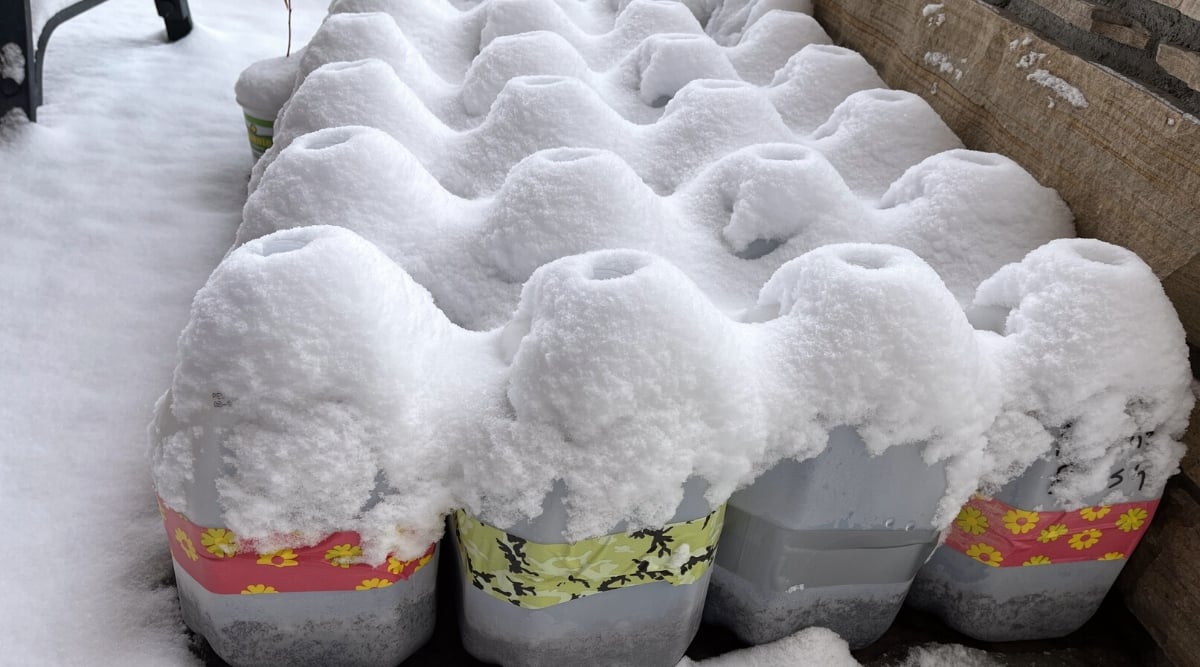

Start with clear or very clear containers like milk jugs, plastic bottles, bins, or baggies. One thing that permits mild to penetrate with the aptitude for drainage, air movement, numerous inches of soil, and room for seedling progress works successfully. Clear the containers in warmth, soapy water to sanitize them.
Whereas saved open air, the vessels purchase seasonal moisture from snow and rainfall. Drainage holes are necessary in stopping rot and completely different fungal points. Make 4 to six holes inside the base. Use a eternal marker to label and date the seeds by container.
The containers need simple modifications to account for temperature variation and sprouting. We’ll cowl a few elementary containers (milk jugs, bottles, and freezer baggage) that allow for opening and shutting for airflow and temperature regulation.
Milk Jugs
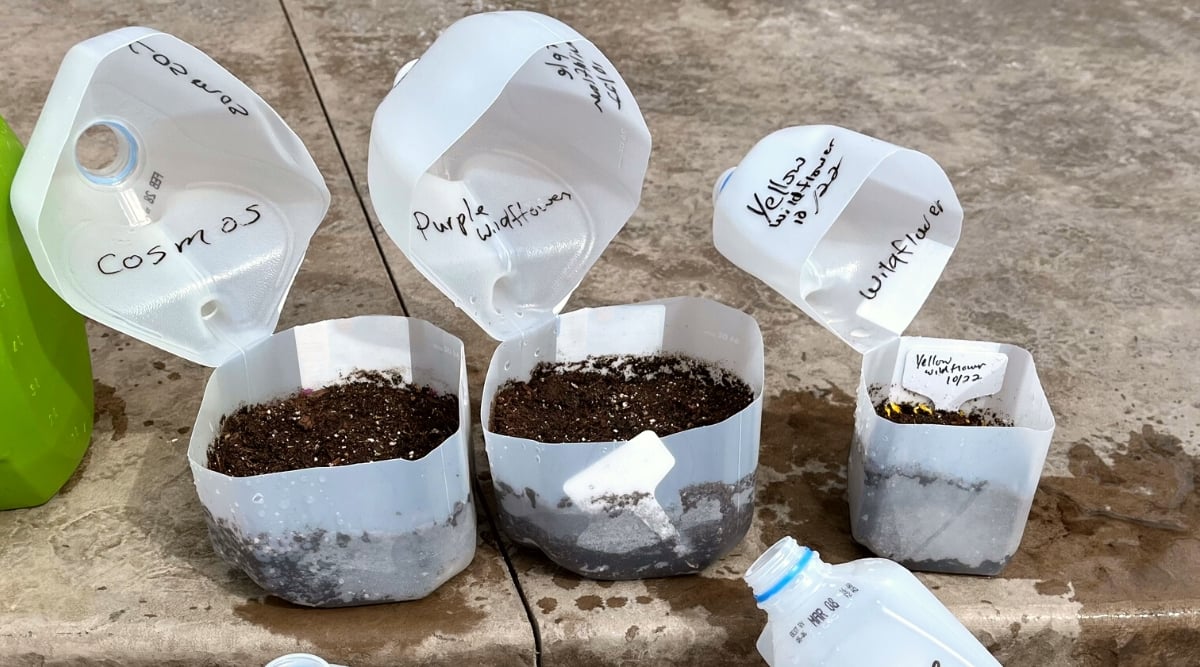

For milk jugs, take away the cap and poke the drainage holes inside the bottom. Cut back the jug nearly in half barely beneath the cope with, nearly all the way in which through which spherical (about three-quarters). Depart the cope with portion attached as a technique to hold the lid all through the season. The open cap permits airflow and moisture inside the container, whereas the decrease makes a hinge on the cope with to open it further on warmth days.
Add three to 4 inches of potting mix to the underside. Sow seeds consistent with the depth and spacing of the packet ideas, defending them frivolously or gently pressing them for soil contact as indicated. Water them in, and tape the jug’s decrease seam.
Plastic Bottles
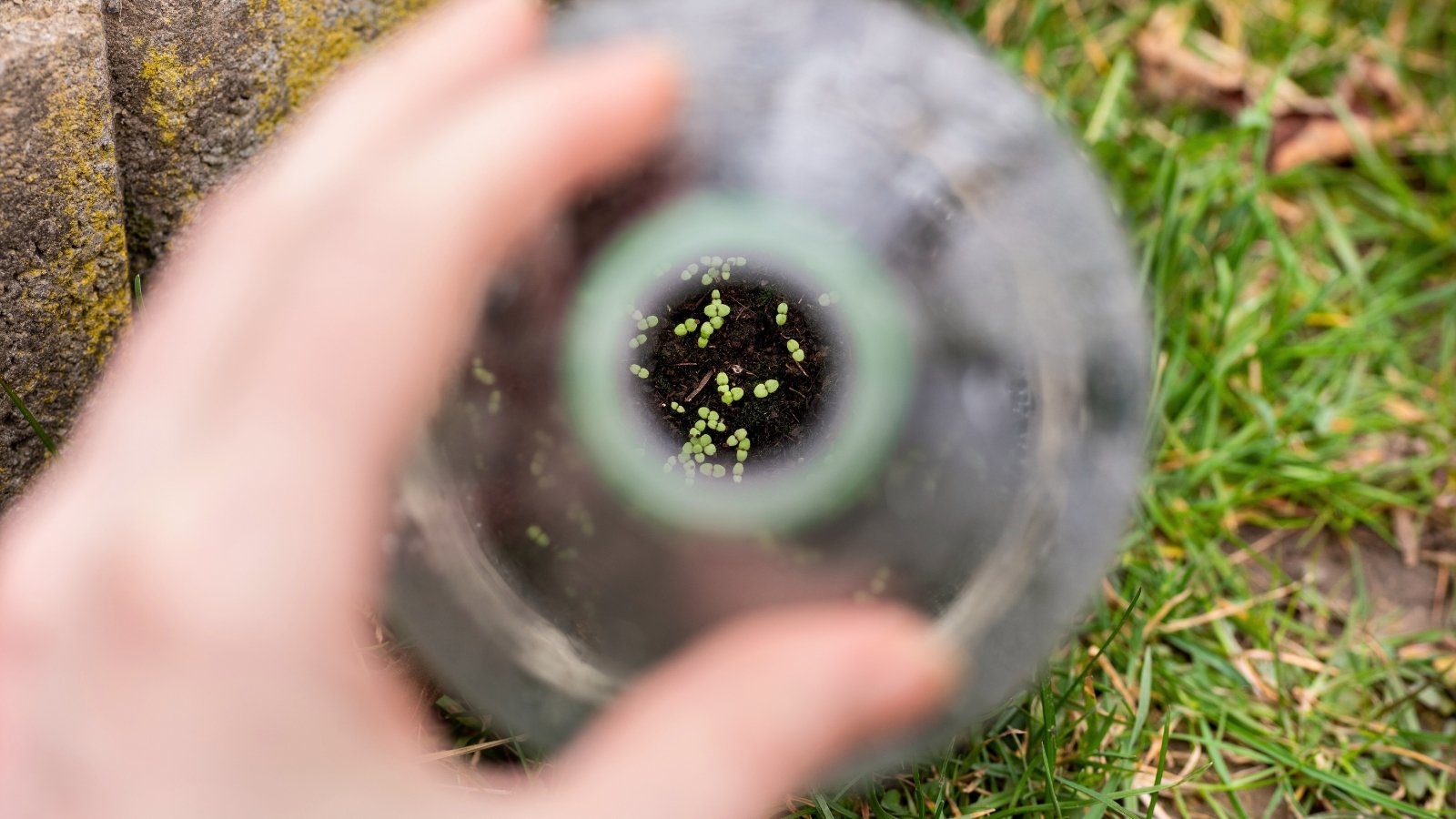

Two-liter soda or water bottles make defending little greenhouses, too. Prep them as you may a milk jug by eradicating the caps and making a decrease three-quarters of the way in which through which spherical. Depart 4 inches of home on the bottom for soil and seedling progress.
With drainage holes in place, add three to 4 inches of soil. Sow the seeds consistent with packet directions and moisten the media. Tape the decrease seam and place the bottle open air with the cap off.
Freezer Baggage
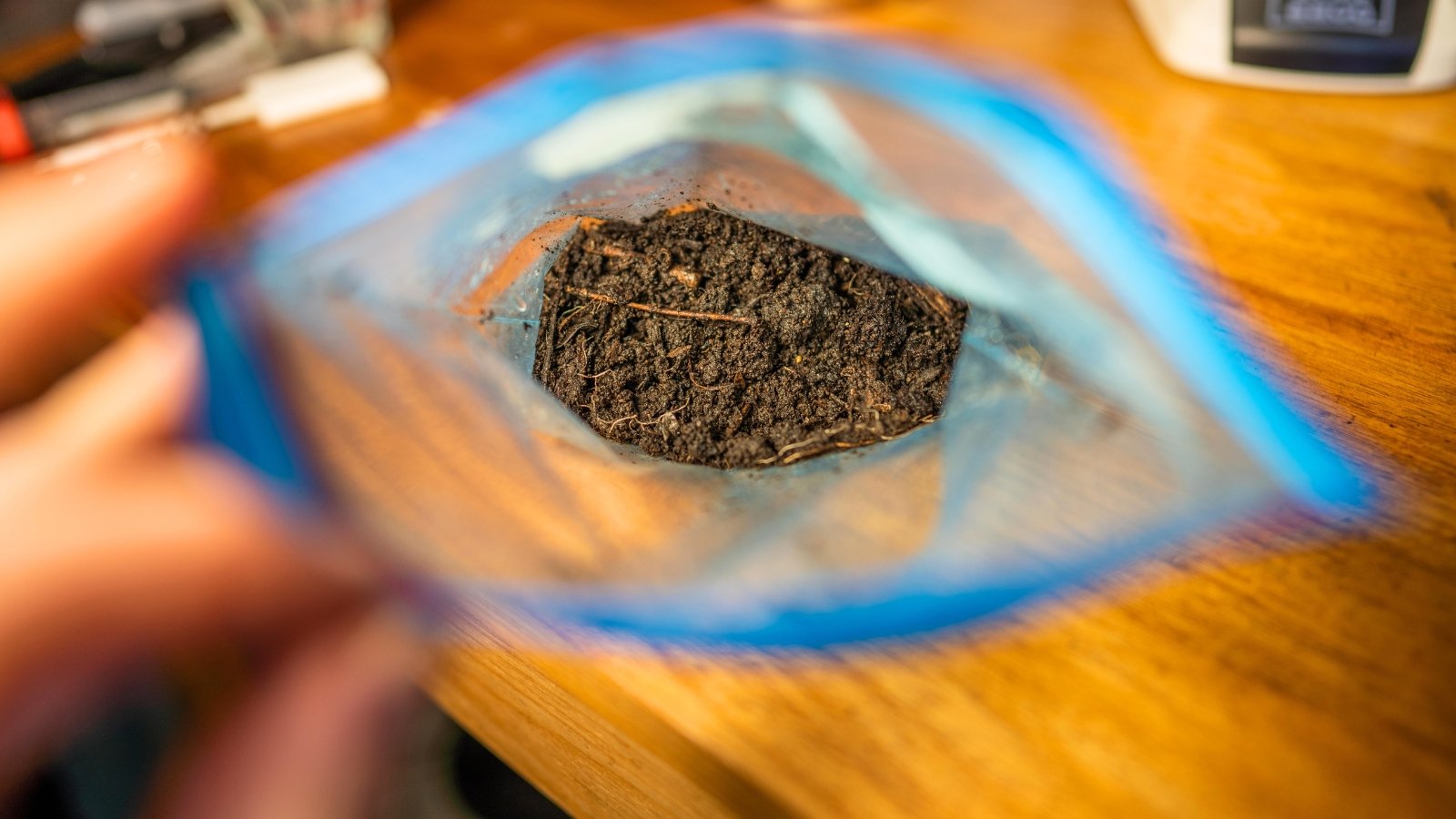

Gallon-sized resealable freezer baggage flip into seedling pouches by clipping the underside corners and lowering slits or holes for drainage. Add numerous inches of soil and sow accordingly. Water the seeds in for evenly moist potting media.
Depart an inch or so of the seal open on the excessive of the bag for air movement. To control airflow and regulate temperature on warmth days, open the seam further. In spring, roll the seal down like a cuff for full publicity, closing it if wanted on chilly nights.
To stabilize the baggage, string them alongside a skewer by piercing the tops. The underside must rest on a tray, crate, or bin.
Potting Mix
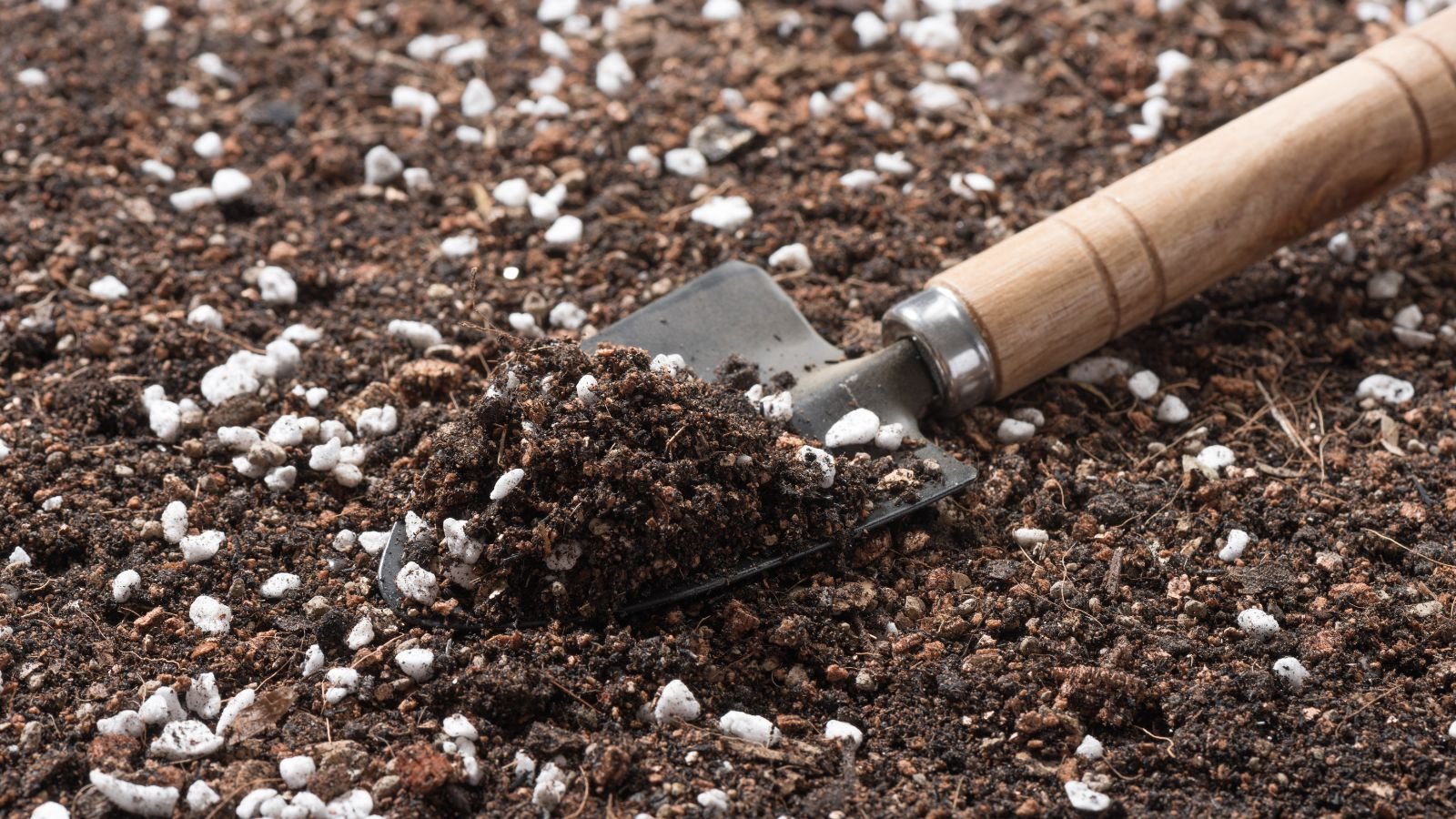

A high-quality potting mix is best. No specific seed mixes or formulated rising mediums are wanted. Steer clear of frequent yard soil or straight compost, every of which are too dense. The combo must be mild and fluffy with good aeration, drainage, and moisture retention. Don’t use any with moisture administration or added fertilizers – an on a regular basis potting mix works successfully.
To mimic the seed’s yard environment, providing good drainage and even moisture are the keys to success.
Tending
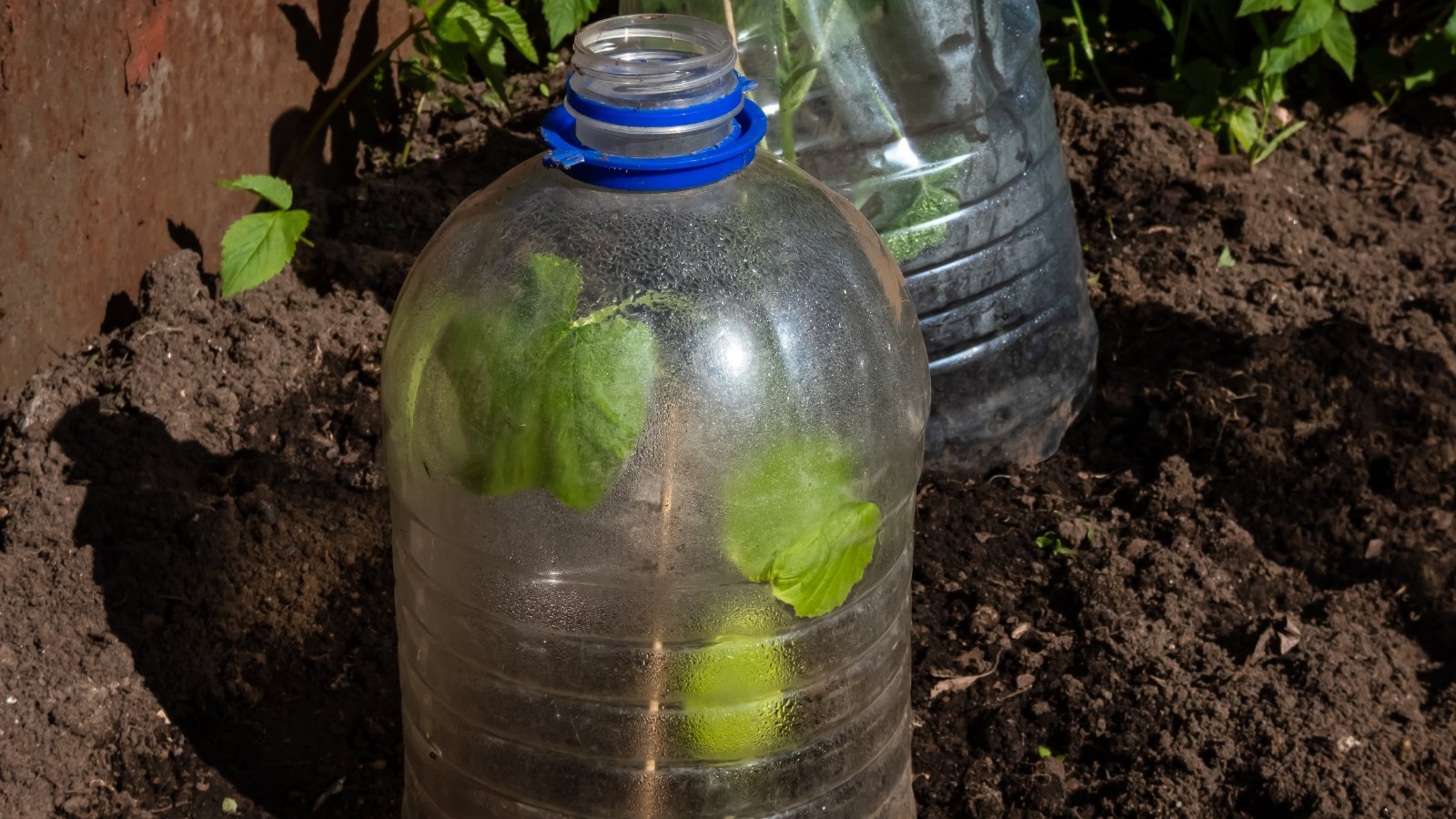

Often, and notably to begin out, pure moisture from snow, rain, and condensation is enough to maintain soil moisture. Check containers as quickly as per week or so, notably as circumstances flip into drier or hotter as a result of the season progresses.
With frequent rain or snow, the vessels seemingly need solely supplemental water or misting every few weeks. Watering desires may enhance as temperatures warmth and seedlings sprout. If the soil flooring displays indicators of drying, mist or sprinkle with water to forestall seeds or shallow roots from drying out.
Seek for condensation as a sign that moisture is on the market. If it lessens, make sure that soil moisture is enough and that rain can enter the very best. If not, add further openings. Keep tape in place at decrease seams to forestall evaporation early inside the course of.
Vent the lid on warmth, sunny days to allow pure transpiration and airflow to stave off sicknesses. Shut it as soon as extra sooner than temperatures drop inside the night time. As seedlings develop, this allows pure hardening-off that makes for simple transplanting with out shock.
Outdoor Placement
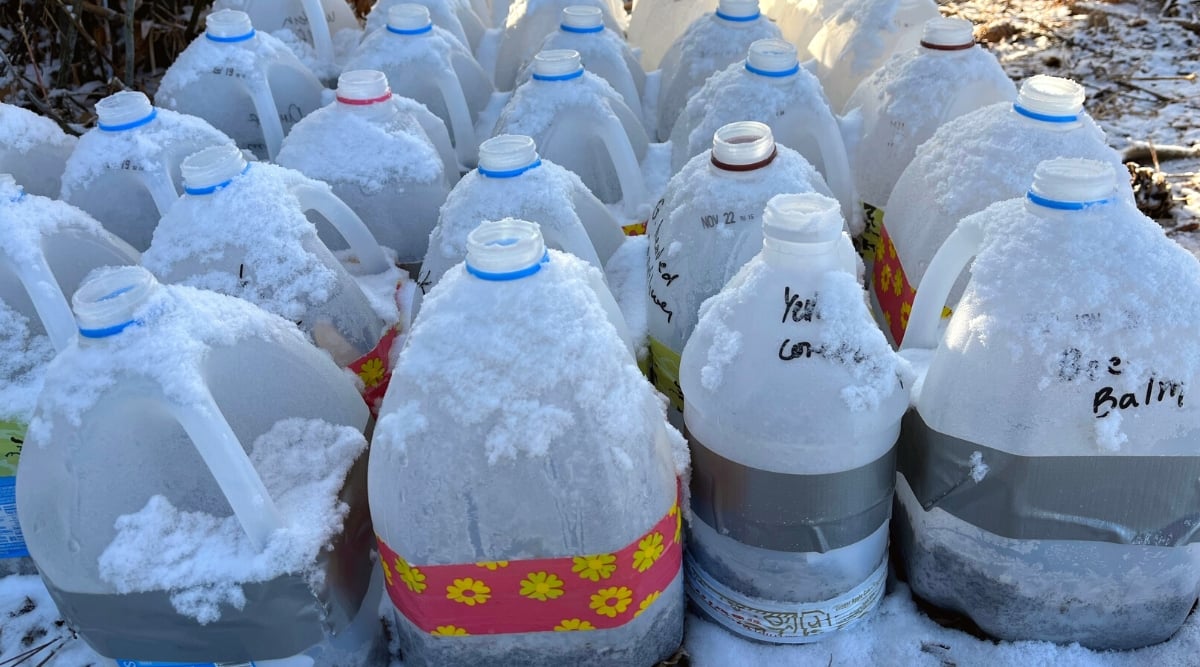

Place the containers inside the photo voltaic, the place they’ll moreover receive moisture. Expose them to the climate, even snow. The seeds revenue, and seedlings harden off inside the pure circumstances as they sprout later inside the season.
A southeast location is correct for daylight and warmth. If this turns into too sunny and warmth in direction of spring or in hotter climates, switch them to an east-facing spot with good morning publicity.
In windy areas, secure the vessels to take care of them from blowing over. Nestle them in direction of a foundation or wall, or place them in a milk crate, tray, or tub. Breezes help develop sturdy stems, nevertheless toppling over can disrupt the state of affairs.
Transplanting
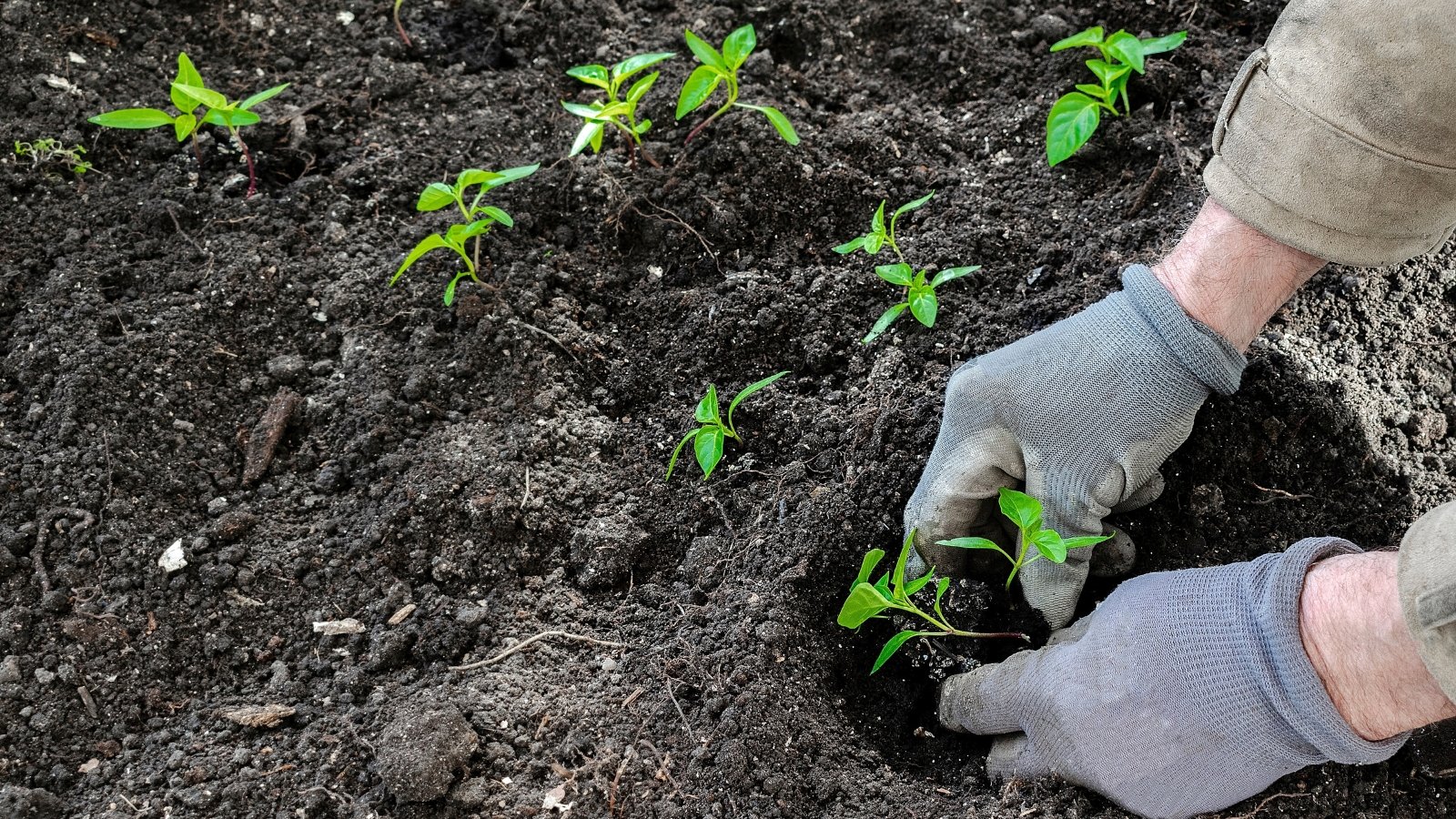

Not solely is winter sowing resourceful and simple for novices, it’s moreover extraordinarily productive, with good germination fees. Seedlings that develop in these situations have sturdy roots and better progress. They’re in a position to transplant after publicity to warmth days of their open containers. Seek for true leaves (completely developed) and a few inches of peak as indicators of readiness.
Adjust to frequent transplant tips about what to seek for and for the perfect air and soil temperatures. Quick progress follows as winter-sown seedlings have a headstart on indoor and direct-sown seeds.
To transplant, gently divide the seedlings. Attain into the open container or decrease aspect flaps to slide them out. With the acceptable spacing, it’s possible you’ll plant your full block with out dividing. Profit from the following rising half on the way in which through which to flowering and fruiting!
[ad_2]
Provide hyperlink
